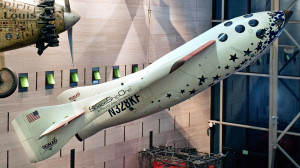Space Exploration
World’s First Geosynchronous Satellite
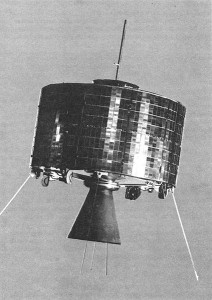
Syncom 2, the world’s first geosynchronous satellite, is launched. Syncom 1 was intended to be the first geosynchronous satellite, but an electronics failure rendered the satellite inoperable during the ascent to orbit.
First Launch from Cape Canaveral

The first successful rocket launch occurs at Cape Canaveral. The rocket, Bumper 8, was a captured German V-2 modified with a US Army Corporal second stage.
Cape Canaveral’s location in the southeast is an ideal site for rocket launches in the United States. By launching eastward, rockets are able to take advantage of the linear velocity of the Earth’s rotation. This velocity is greatest towards the equator, making the southern United States preferable. And by launching towards the ocean, away from populated areas, safety downrange from the launch is maximized in case of problems.
The Eagle Has Landed
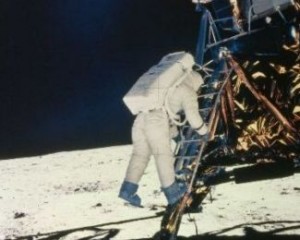
Eagle, the Apollo 11 Lunar Module, successfully lands in the area of the Moon known as the Sea of Tranquility. Upon landing, Neil Armstrong utters the now famous phrase, “The Eagle has landed.” About six hours later, while setting foot on the Moon, he utters the even more famous phrase, “That’s one small step for man. One giant leap for mankind.“
Apollo and Soyuz Dock
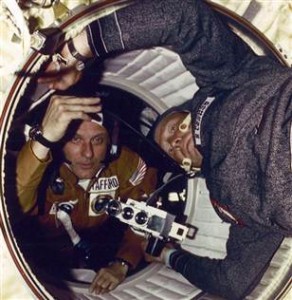 July 17, 1975
July 17, 1975
Apollo 18 and Soyuz 19 successfully dock in orbit and the astronauts and cosmonauts shake hands. This marks the first time in history that spacecraft of two nations dock in space.
Apollo 11 Heads for the Moon
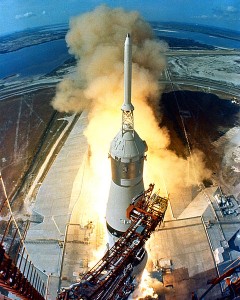 July 16, 1969
July 16, 1969
Apollo 11 is launched from Cape Kennedy, Florida, on the way to becoming the first space mission to land men on the Moon.
First Mars Fly-By
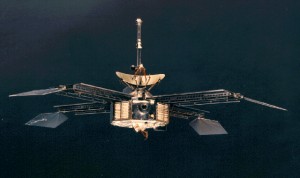
July 14, 1965
NASA’s Mariner 4 becomes the first spacecraft to perform a successful fly-by of Mars and the first to send back photographs of another planet from deep space. The photographs are the first showing details of Mars’ surface including extensive cratering.
Skylab Reentry
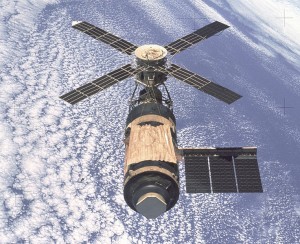
The first American space station, Skylab, reenters the Earth’s atmosphere and burns up after plans for keeping it in orbit fail to materialize. Fragments of Skylab fell around Perth, Australia, killing one cow.
First International Communications Satellite
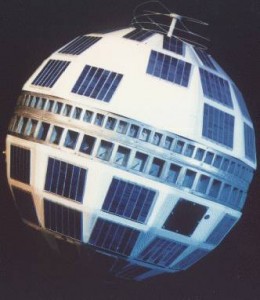
The world’s first experimental international communications satellite, Telstar I, is launched into orbit. Built by Bell Labs and launched by NASA, Telstar 1 was a collaboration between the US, Britain, and France. Telstar I introduced the world to trans-Atlantic video feeds and ushered in a new era of communication. For example, in August of that year, Telstar I became the first satellite to synchronize time between the UK and the US, bringing them to within 1 microsecond of each other, where 2000 microseconds had been the previously most accurate effort. Telstar 1 was also the first satellite to send data between 2 computers, doing so in October of that year between two IBM 1401s in Endicott, New York and La Gaude, France.
For all its technological achievements, Telstar 1 was damaged by high levels of radiation in the Van Allen radiation belts primarily due to high altitude nuclear bomb testing by both the United States and the Soviet Union in 1962. It went out of service in November of that year, only 4 months after its launch. It was able to be restarted in January of 1963 but in late February it failed again and was not able to be placed back in service. Telstar 2 was launched a few months later in May of 1963, using radiation-resistant transistors and launched at a higher altitude to reduce the amount of time in the Van Allen radiation belts. Telstar 2 stayed in operation for 2 years. The success of the two Telstar satellites, along with other experimental satellites launched in the few years after 1962 helped paved the way for the first commercial geosynchronous communication satellite, Intelsat I in 1965. Both Telstar 1 and 2, although no longer in service, still orbit the Earth to this day.
First Commercial Communications Satellite Activates
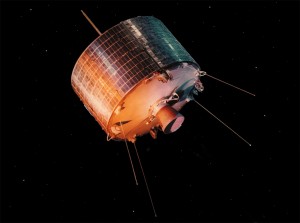
Intelsat I, the first commercial communications satellite, is activated for service. It was nicknamed “Early Bird” after the famous proverb, and became famous for carrying the first commercial telephone call between America and Europe, as well as helping provide TV coverage of the Gemini 6 splashdown.
SpaceShipOne – First Private Space Flight
June 21, 2004
Financed by Microsoft co-founder Paul Allen, SpaceShipOne becomes the first spacecraft developed by the free market to enter spaceflight. Launched from a mothership named White Knight, SpaceShipOne flew just beyond the atmosphere into the threshold of space then glided back to Earth. SpaceShipOne would later win the $10 million Ansari X Prize for the first non-government organization to launch a reusable manned spacecraft.

